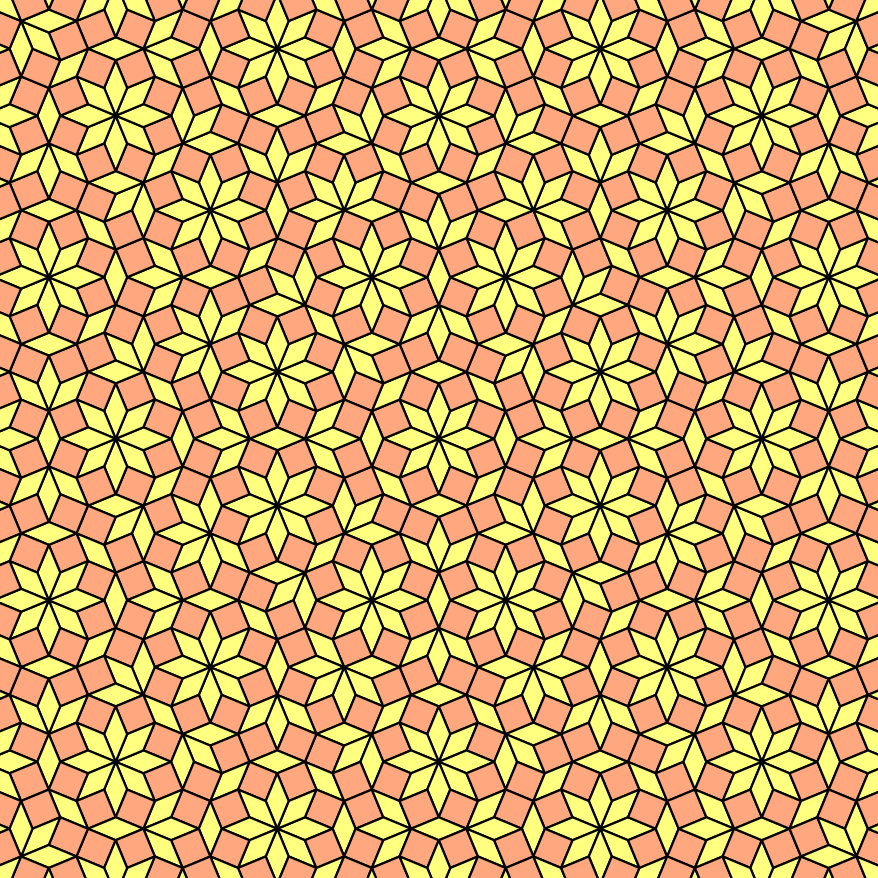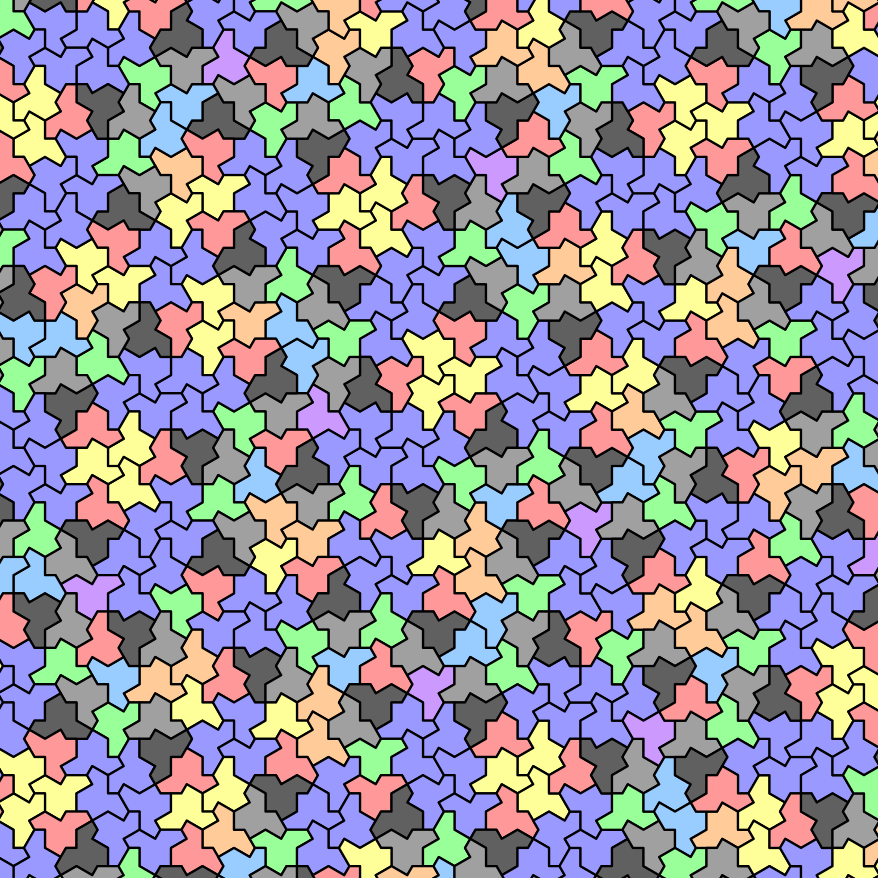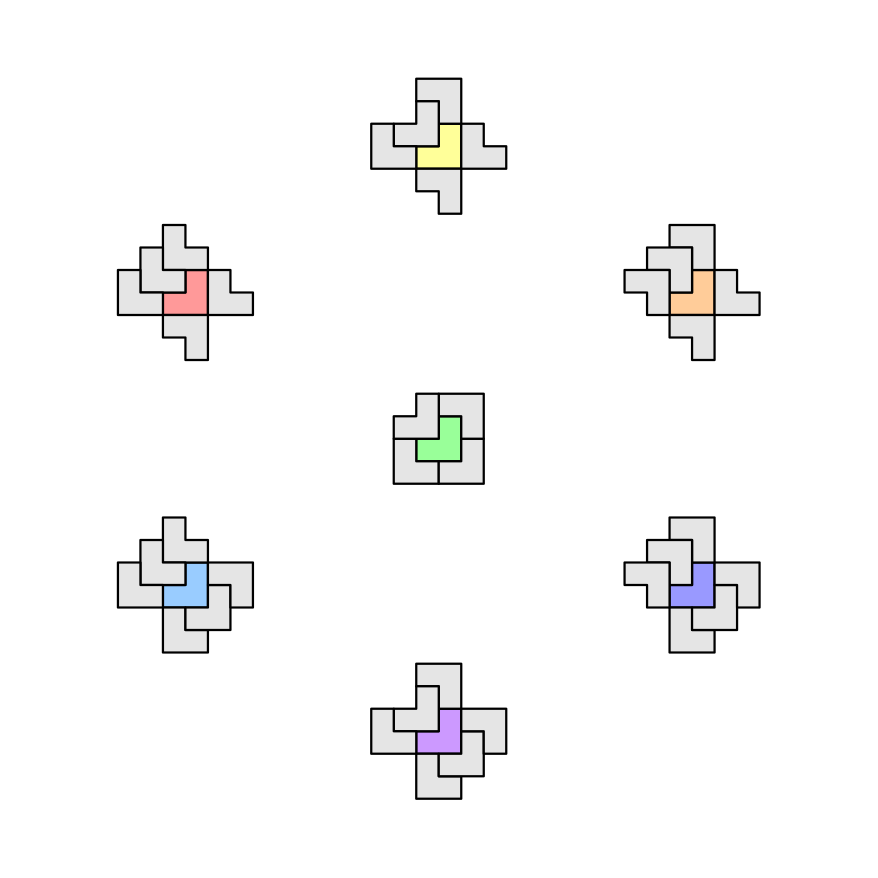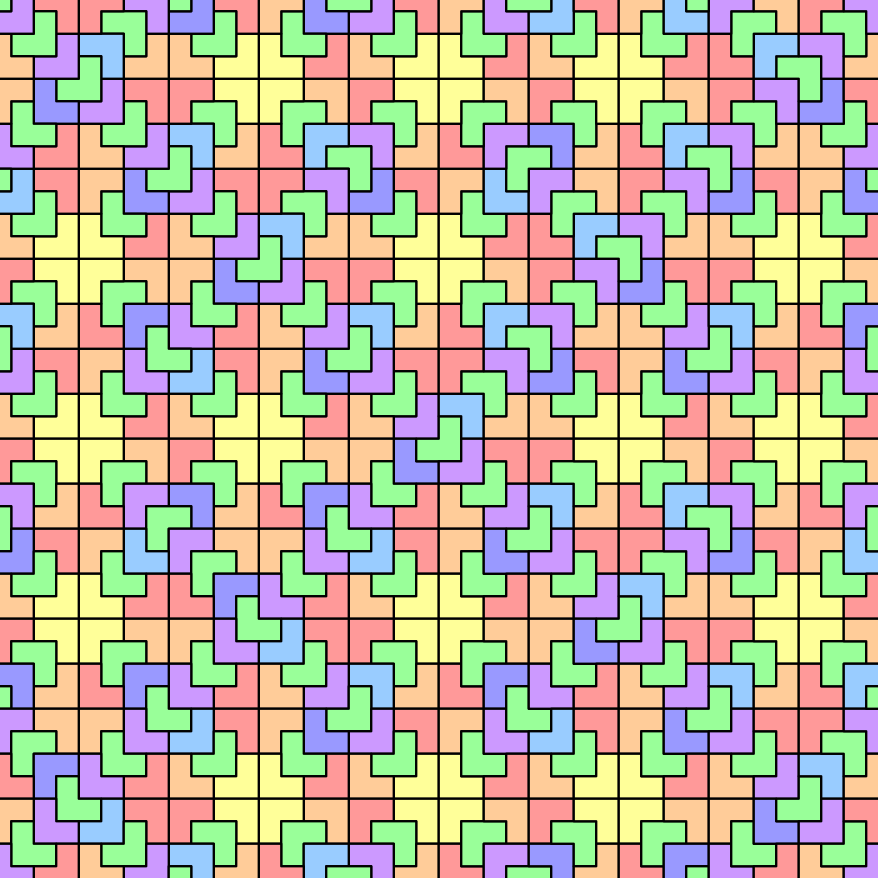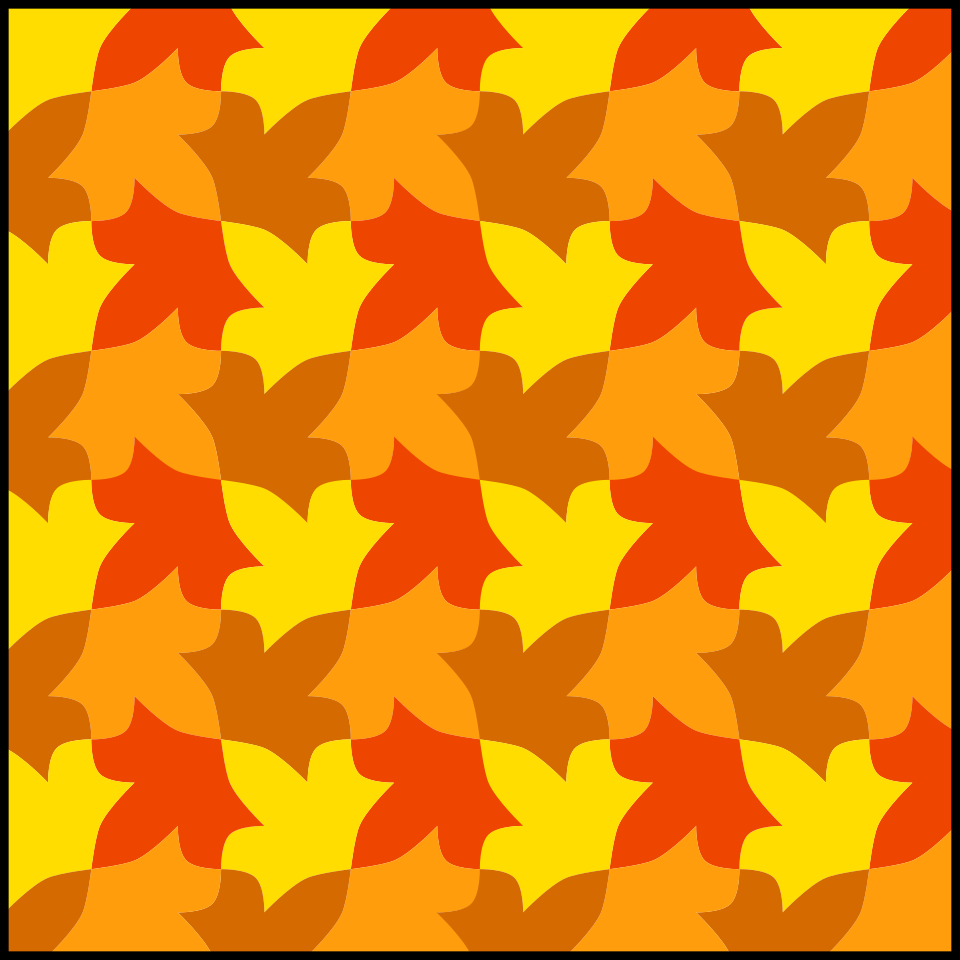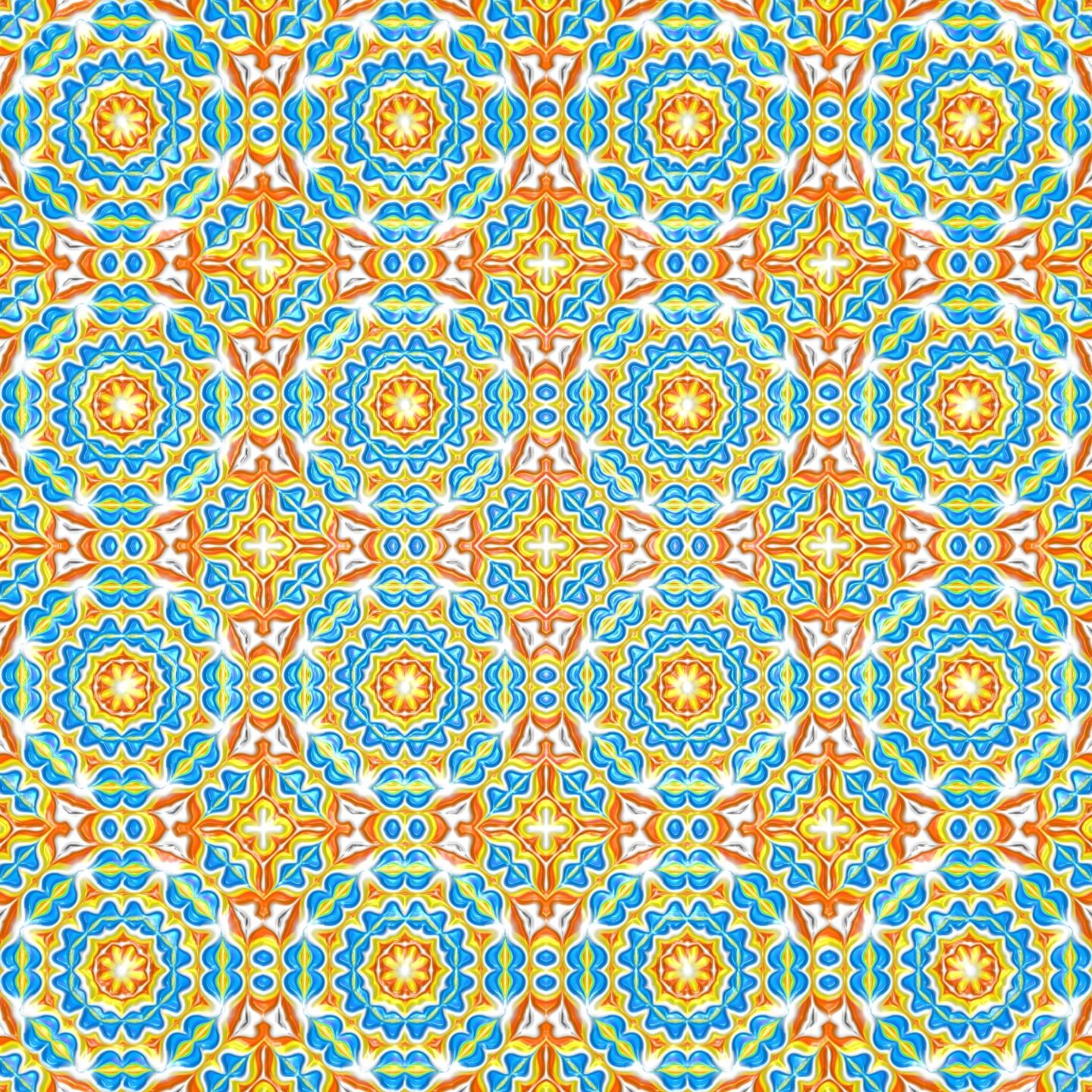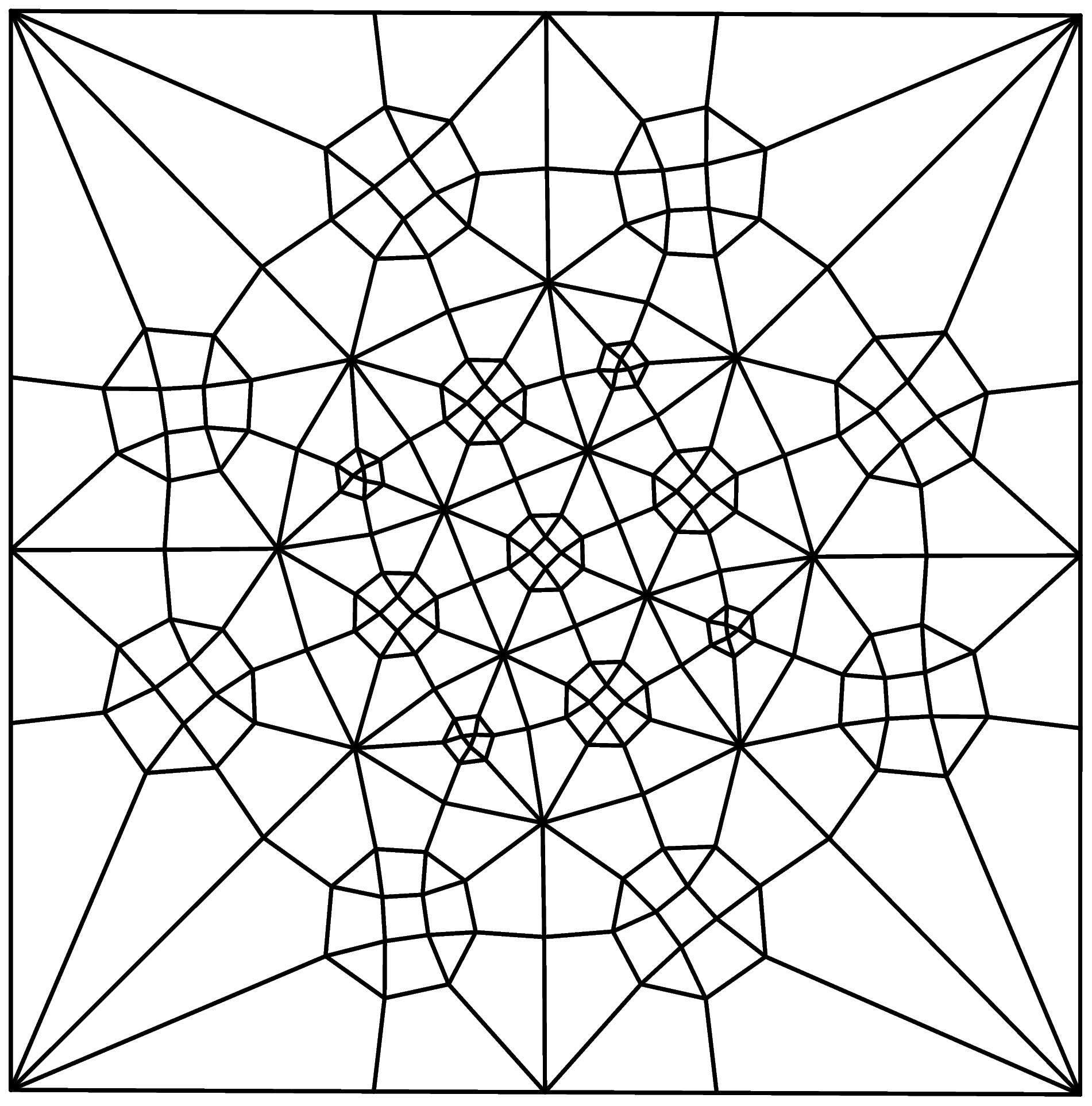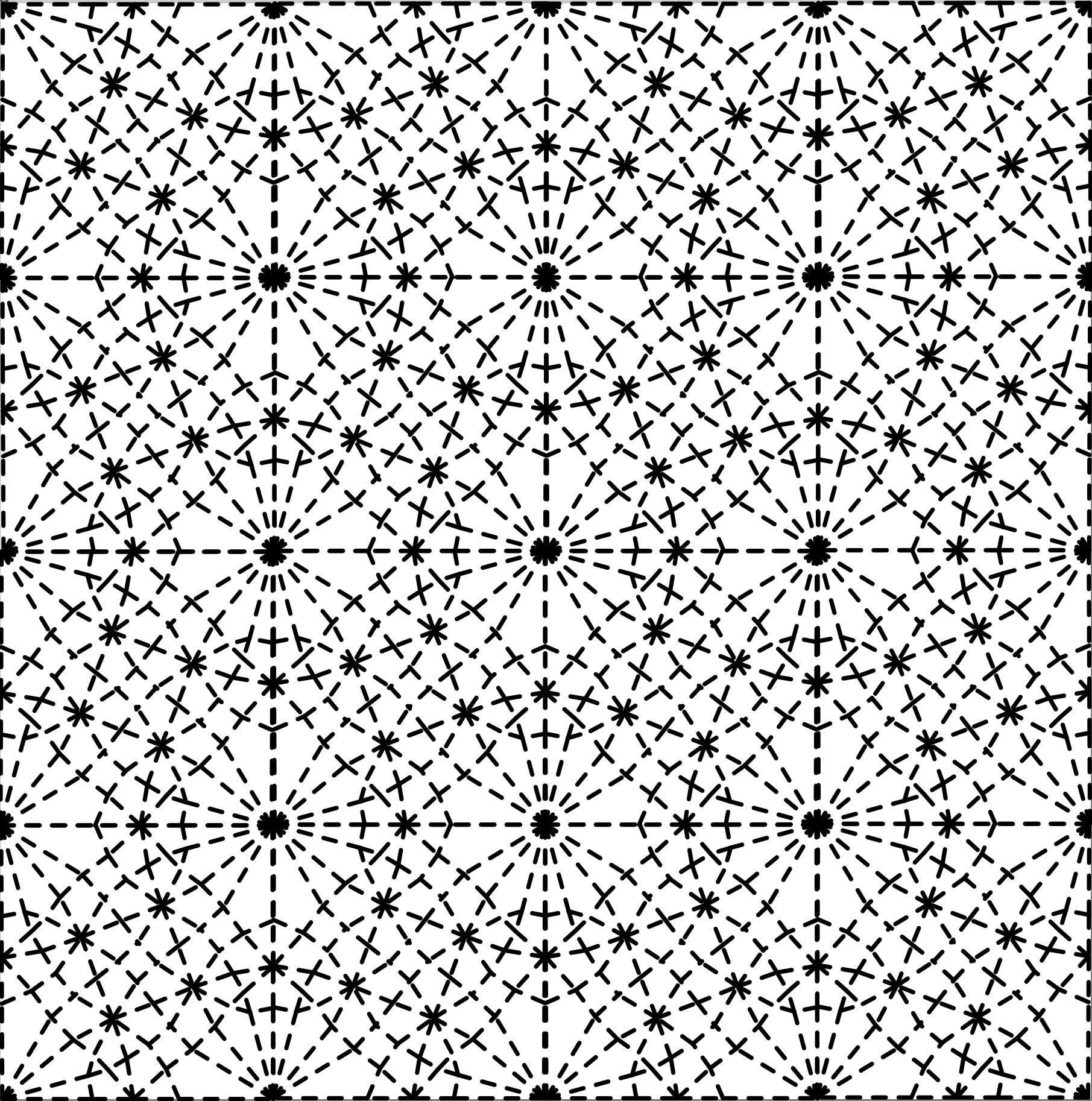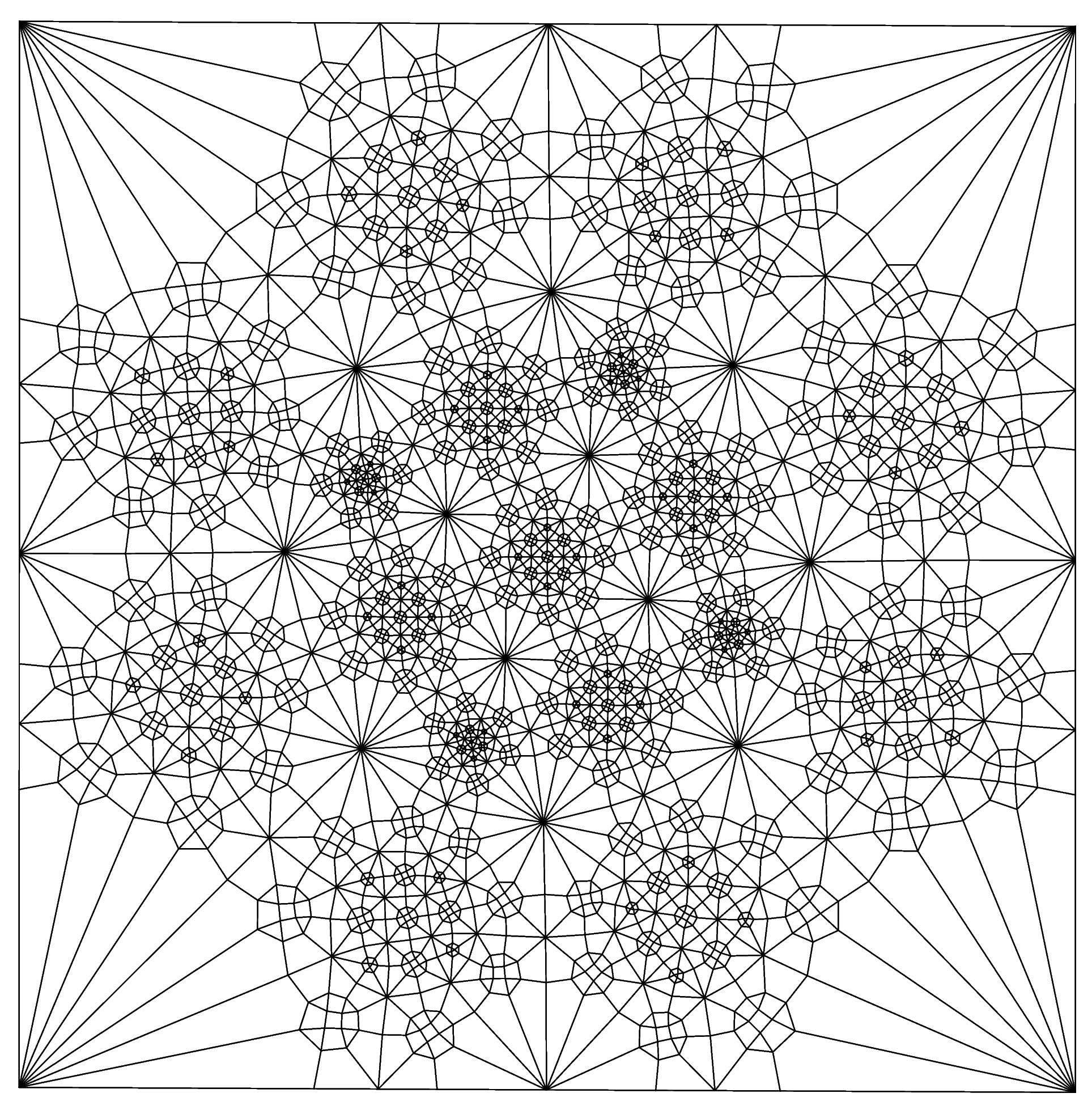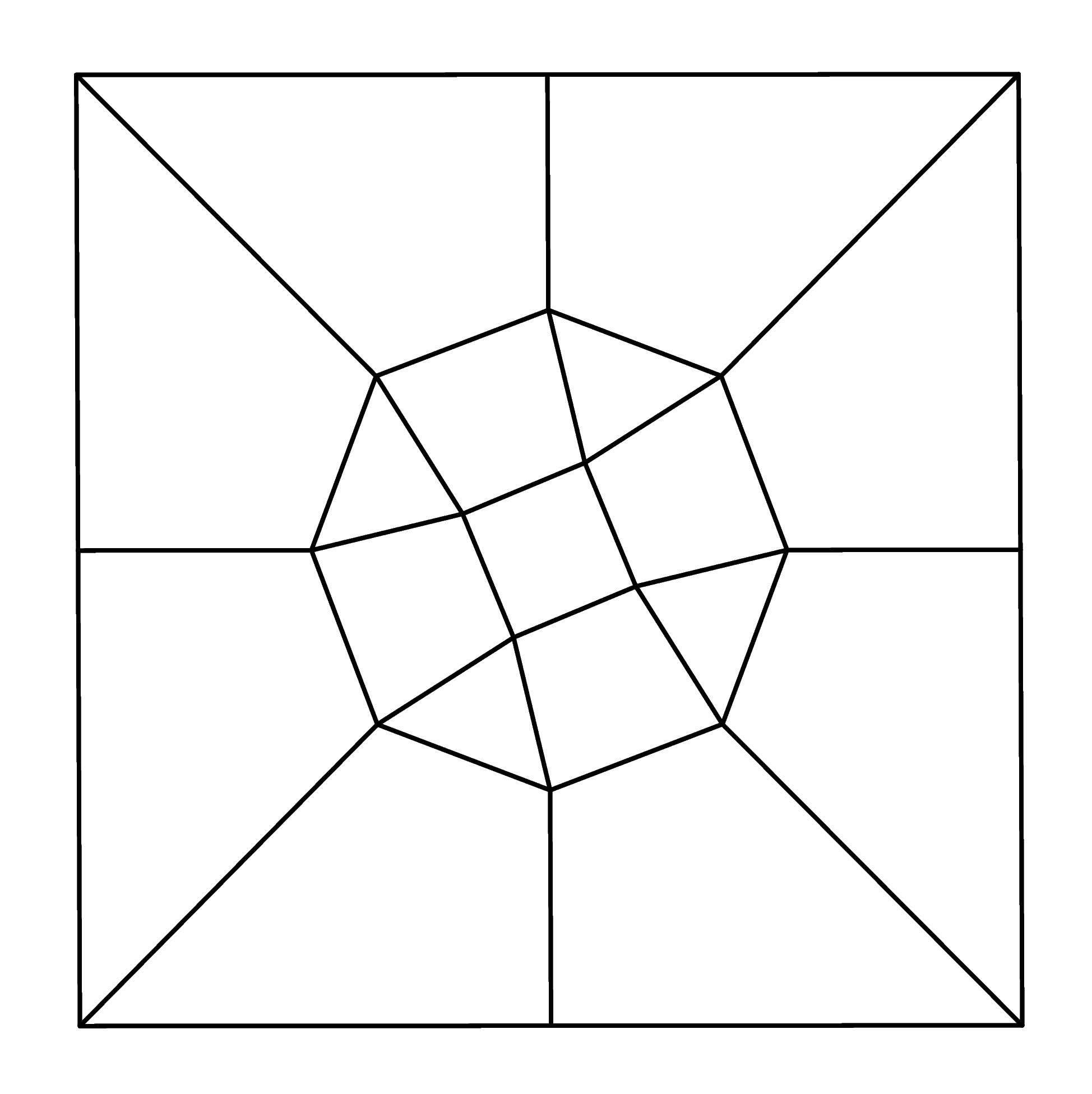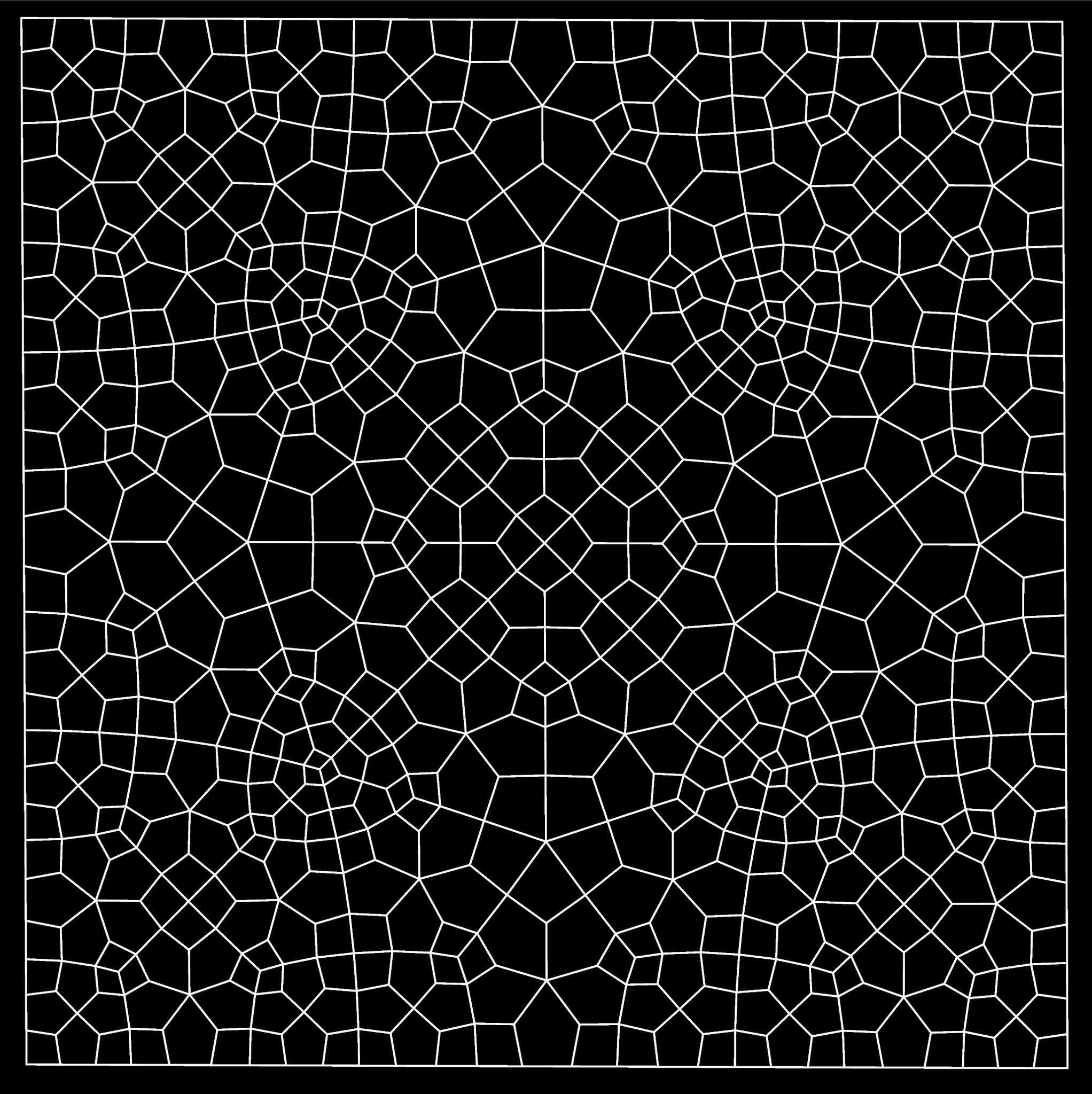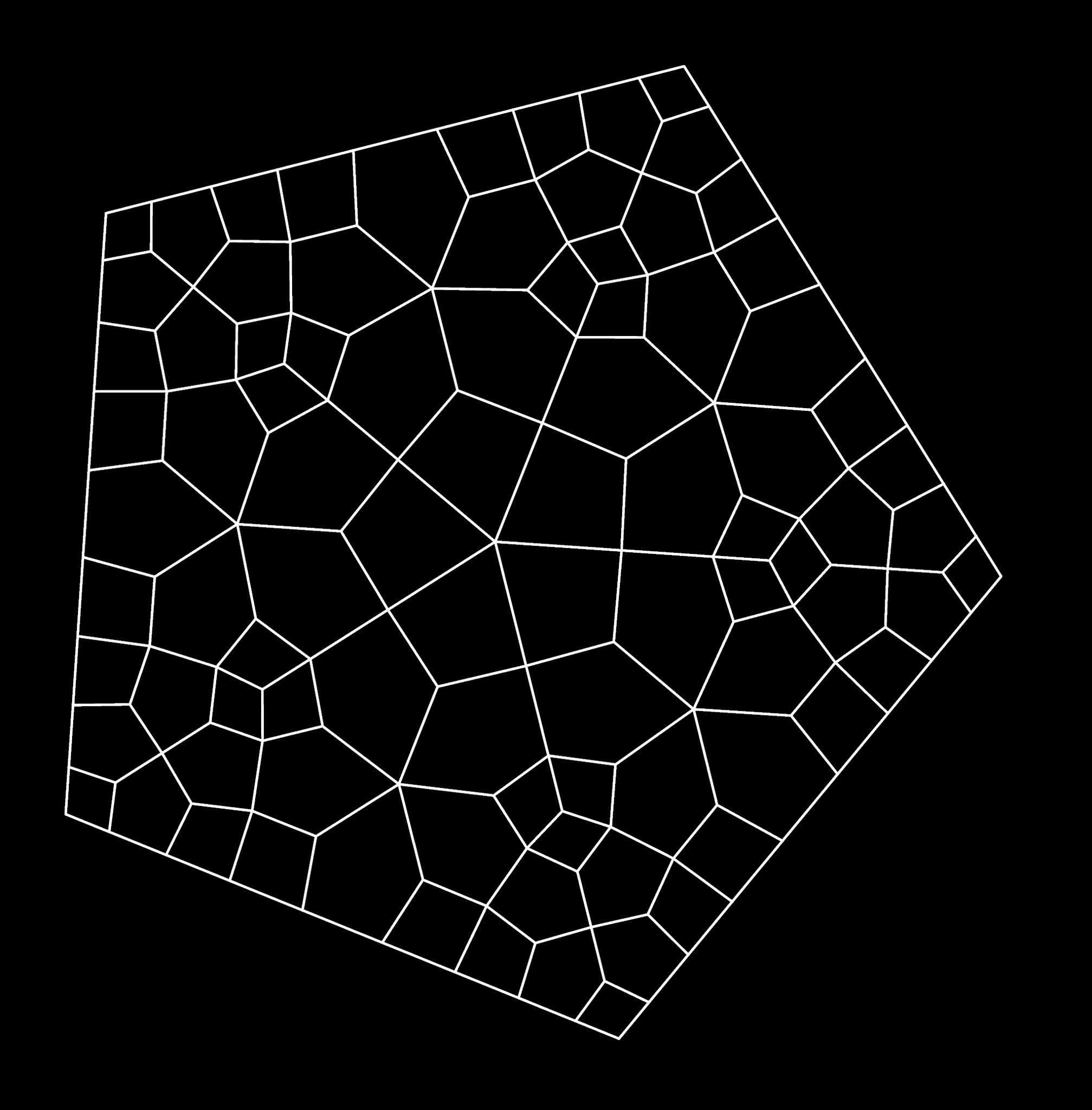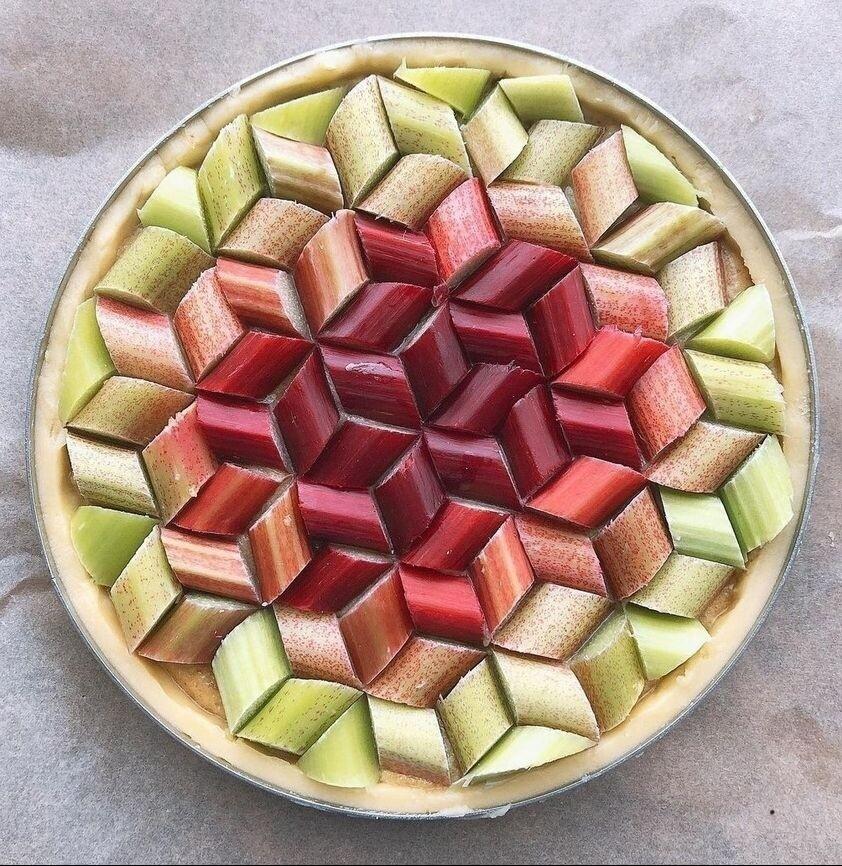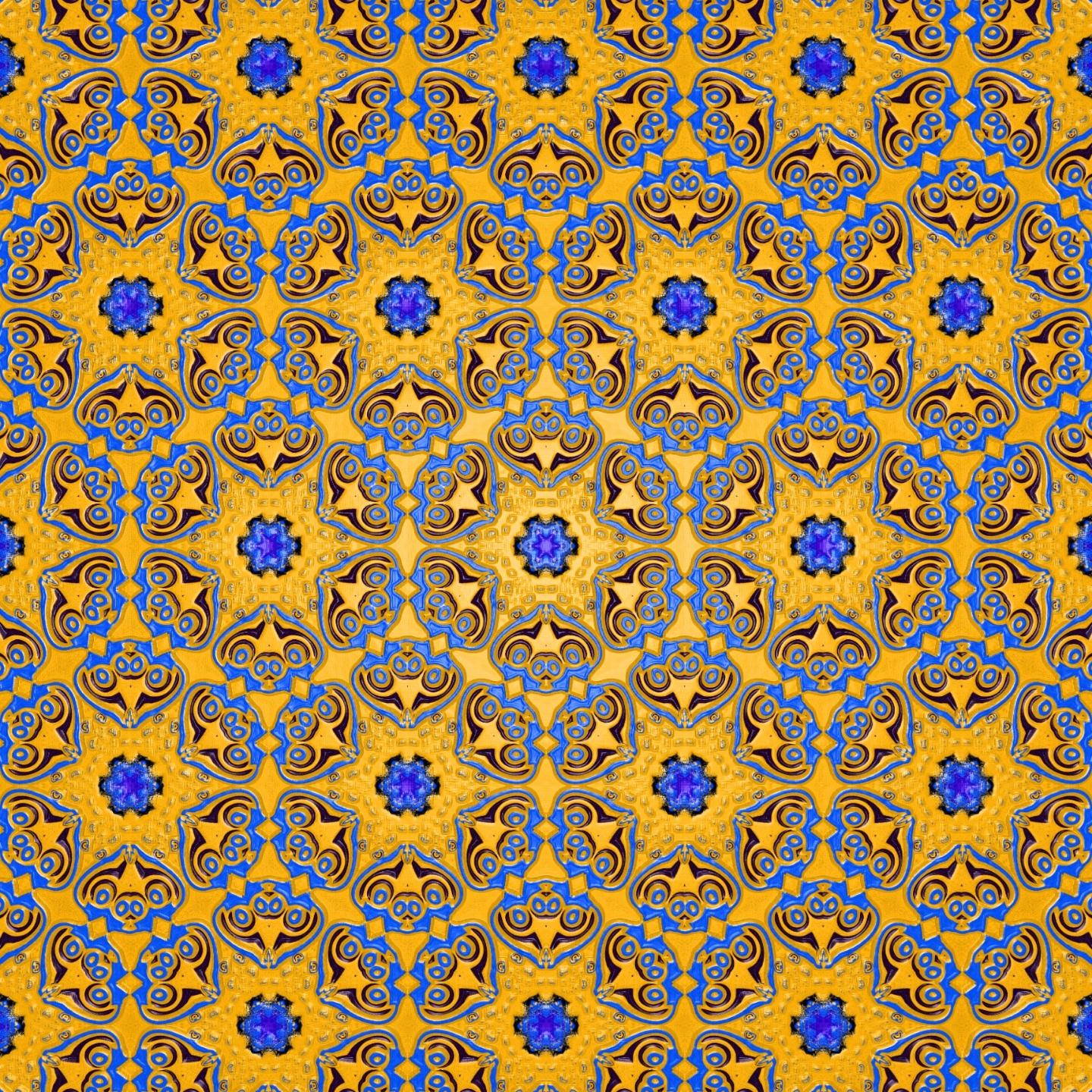New maths blog post! The fifth in my series about handling aperiodic tilings combinatorially with string-processing algorithms:
https://www.chiark.greenend.org.uk/~sgtatham/quasiblog/aperiodic-refine/
In this instalment I've automated the process of converting a tiling substitution system into one for which you can build a deterministic transducer, if the starting system didn't already admit one. I discuss the algorithm, its limitations, and a particular success in which it found a more economical substitution system for the hat tiling than any I already knew of.
